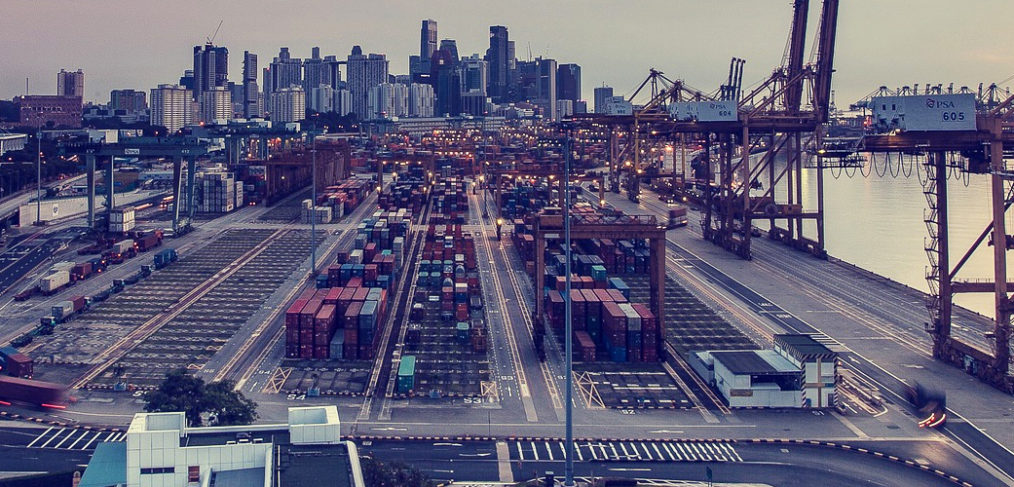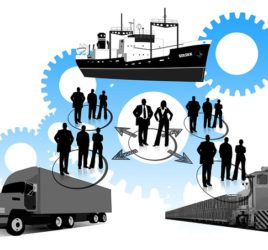
Keeping Up with the Trends in the Freight Industry
The freight industry is by far one of the most important industries in the world. People and companies need to move goods from one place to another. This is a continued process that never comes to an end. The goods that are transported to a new location may need to be moved again to another location at one time or another. Thus, the freight industry is important to the continued existence of the human race. This is not shocking considering the fact that the movement of goods is what contributes to the wellbeing of society. People can move from one place to another along with their belongings as often as they wish.
The freight industry has undergone a number of notable changes over the past several decades or more. As a matter of fact, none of the modes of freight transport that are used today were in use during the past two or three decades. A number of changes have taken place leading to the complete transformation of the entire freight transportation industry. It would be interesting to single out some of the changes that the freight transportation industry has witnessed and understand what could have led to those changes.
Notable Changes That Have Characterized the Freight Transportation Industry

Transportations used in freight industry.
A good number of changes have been witnessed by the world as far as the freight transportation industry is concerned. It is thus interesting to single out some of the changes that freight transportation industry has witnessed. One of the most notable changes is the disappearance of the steam engine trains. During the 1800s, steam engine trains were the major means of transporting goods of various kinds. By the dawn of the 1900s, they were used extensively across the globe.
However, they were usurped by the diesel powered trains which rocked the freight transportation industry during the course of the first few decades of the 1900s. By the mid-1900s, most of the steam powered trains had vanished from the scene, leaving behind their arch rivals the diesel powered trains. However, the steam engine trains were still used in Britain even as late as 1970 prior to the complete revolutionizing of the country’s freight transportation industry.
Since trains were generally slower than what most freight transporters wanted, the need for the introduction of faster modes of transport was imminent. This led to the development of heavy and light trucks. As far back as the early 1800s, trucks had been in production. But, their usage was limited based on the state of the roads. Especially during the early 1800s, the roads were mainly suited to the needs of horse carts. However, later improvements made it possible for trucks to move without being impeded. Today, trucks are now used extensively for the transportation of commodities between cities, towns or even countries. This is mainly due to the introduction of the state of the art roads which can accommodate the loads that are associated with all the heavy duty trucks.
Recent Freight Transport Changes

The GPS or global positioning system.
The examples of the changes that have characterized the freight industry above had taken place in the distant past. There are also interesting recent changes that have characterized the freight transportation industry. Some of them are indicated below.
The coming of much larger cargo airplanes: the air cargo ships have transformed the freight transportation industry by a significant extent. Thanks to the coming of air cargo ships, it is now possible to transport freight in bulk much quicker and safer. This is a notable improvement that is worth calling to mind.
The coming of GPS: the GPS or global positioning system has made it possible for various modes of freight transportation to be tracked and located at any given time. Therefore, it is now much safer to transport freight to any part of the world where GPS can be used. Worries about the security of goods have reduced or even eliminated completely.
The introduction of the online tracking systems: the tracking system was initially meant for the company providing the freight transportation service. However, this has changed as individual owners of the freight are also allowed to track the movement of their freight through the online freight tracking system. This has reduced complications in the handling and transportation of freight between two distant locations.



